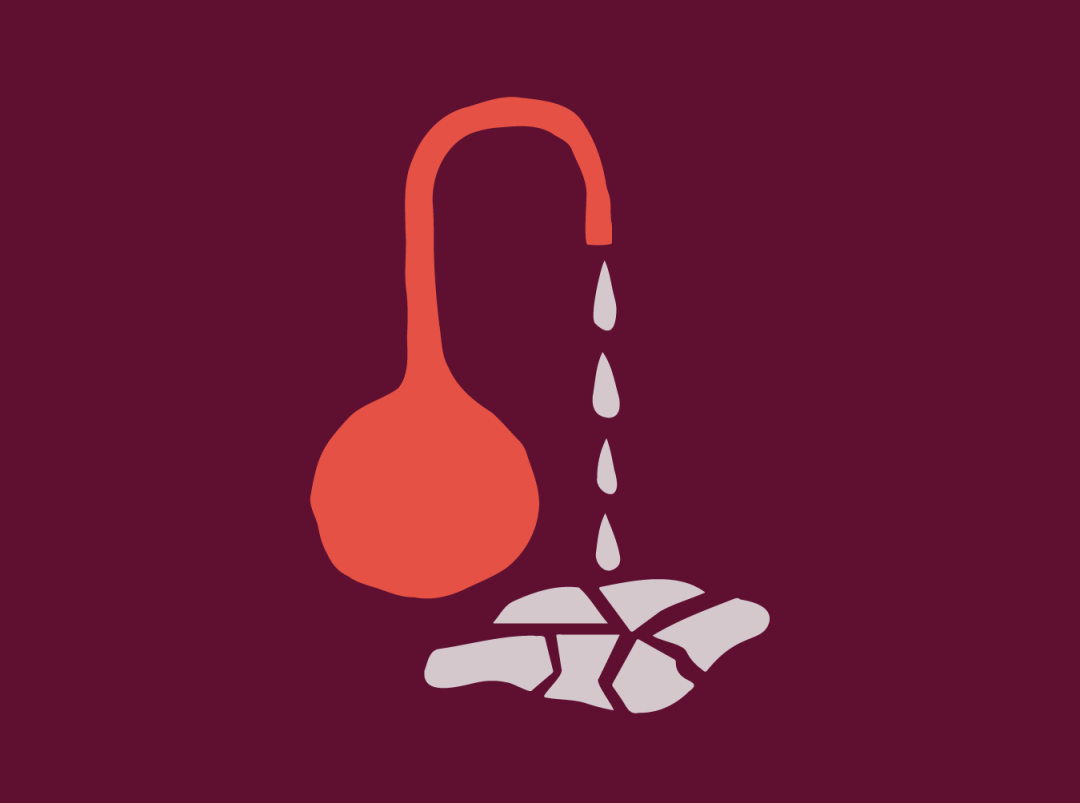#explainer
What’s The Deal With Yeast Infections?
health
·5 min read

by Amanda Melhuish | 07/29/2020
Take it from someone whose V loves to get ~yeasty~, yeast infections are really common... but we don’t usually feel exactly *prepared* for them. And with so much stigma around vaginal hygiene, it can be hard to have open conversations about the realities of our bodies.
We often wind up not learning about yeast infections until we already have them! So, first things first: You should never be ashamed of getting a yeast infection. It doesn’t mean you’re “unclean” or have done something wrong. There’s nothing to gain from judging yourself for a li’l extra candida.
what is a yeast infection?
A yeast infection is caused by an overgrowth of candida, a type of naturally occurring yeast that hangs out in your body. Other names for a yeast infection include “candidal vaginitis, “vaginal candidiasis,” or “vulvovaginal candidiasis.” Scientists estimate that around 20% of people with a vagina may have candida without experiencing any symptoms at all. If an imbalance occurs, voila! You’ve got a yeast infection.
know the symptoms
Not all yeast infections are the same. Some are more subtle, some impossible to ignore. To have a yeast infection, you only need to display some of the symptoms — not all. The symptoms include burning, itching, swelling or redness, pain during sex, burning when you pee, and abnormal white/grey vaginal discharge that can be ~cottage cheesey~ in texture.
Sometimes this discharge smells strongly of bread. (In this writer’s experience, yes, the sourdough factor is *real*).
If you’re not sure it’s a yeast infection/it’s your first one/it happens to you all the time but is really different this time, check with a doc. Remember: For any diagnosis and treatment plan, you should always consult your doctor first.
why is this happening to me?
It’s super personal! Yeast infections are not STIs and can be caused by *lots* of things besides sex. (I once contracted one because I was playing a washer wench at a renaissance faire, got dunked in the well, and walked around in a sopping wet costume all day.) According to the CDC, you may be more likely to experience a yeast infection if you’re taking antibiotics, are pregnant, use hormonal contraceptives like the pill, or have a weakened immune system.
The fact is: Our vaginas can be pretty sensitive. Many different things can throw their ecosystem out-of-whack.
rule out bacterial vaginosis
Often confused with a yeast infection, bacterial vaginosis (B.V.) has slightly different symptoms. You may experience abnormal discharge, but it will be more of yellowish-green than the white/grey of a yeast infection. The smell tends to be more pungent — more fishy than bready.
This is my personal favorite way to identify my ~sitch~ because even though I have a notoriously terrible sense of smell, the fishiness of BV is strong enough to take me out. Because there *is* overlap between the symptoms of yeast infections, BV, and UTIs, it’s important to get a full diagnosis from a medical professional.
how to treat a yeast infection
Thankfully, yeast infections are pretty simple to treat. You have plenty of over-the-counter options, like pills, creams, and other vaginal suppositories. These are pretty effective (an 80-90% success rate!).
According to Healthline, a mild yeast infection can clear up in just a few days, whereas more severe ones can take up to 2 weeks. If your symptoms don’t improve, visit your doctor for a prescription. Plus, they can make sure nothing else is going on. Yeast infection symptoms like pain during sex, burning while peeing, and abnormal discharge do overlap with other health risks.
safe home remedies
So, what about homeopathic cures? (You may have a friend that swears by putting peeled garlic or frozen cubes of probiotic yogurt up their vagina.) Anecdotally, some folks report finding relief through tea tree oil, specially-made boric acid suppositories (do not use if pregnant!), and putting the yogurt directly on the vagina. Be careful trying things like this; you don’t want to upset your vaginal pH more. For reference, a healthy vaginal pH is around 3.5 to 4.5. It’s always best to consult a professional!
But there are lots of simple solutions you can do at home to help your body out! By cutting sugar and gluten out of your diet, you can starve the yeast. There is also research being done on the effects of eating unsweetened, probiotic yogurt.
should I have sex if I have a yeast infection?
Sex with a yeast infection is often pretty painful, but if you want to do it… do it! Just know the facts. While yeast infections do not usually transfer during sex, it can happen; so if your partner shows any symptoms, they should get treated too!
It’s also very uncommon—but not impossible—for people with pensises to get yeast infections, so exercise caution. Using condoms is a great idea. If you do have sex, you should also keep in mind to take precautions against getting or spreading oral candida (a yeast infection in the mouth… yikes). Probably safest to avoid oral sex or just wait until the infection clears up.
Again, it’s unlikely anything will happen… but it could! Be sure to communicate your situation and boundaries with your partner before having sex, so everyone is aware and can give informed consent.
preventative measures
The best way to prevent a yeast infection is, well, to take preventative measures. We suggest wearing breathable cotton underwear and after consulting your primary care physician, maybe adding a probiotic to your morning vitamin routine.
Also, avoid activities that could irritate your vagina, like douching or using fragranced soaps and lotions. A lot of so-called “feminine care” items can do more harm than good — stick to unscented products and trust your self-cleaning vagina to do its thing.
Have you had a yeast infection? What’s helped you overcome? Let us know in the comments.
Amanda Melhuish was formerly a Brand Copywriter at Thinx. She’s also a comedy writer whose work has been published on Reductress, Women in Comedy Daily, and Weekly Humorist. She writes and performs sketch comedy regularly at The Magnet Theater. Check out her work (and upcoming shows) on her website. You can also follow her on Instagram.
by Amanda Melhuish


